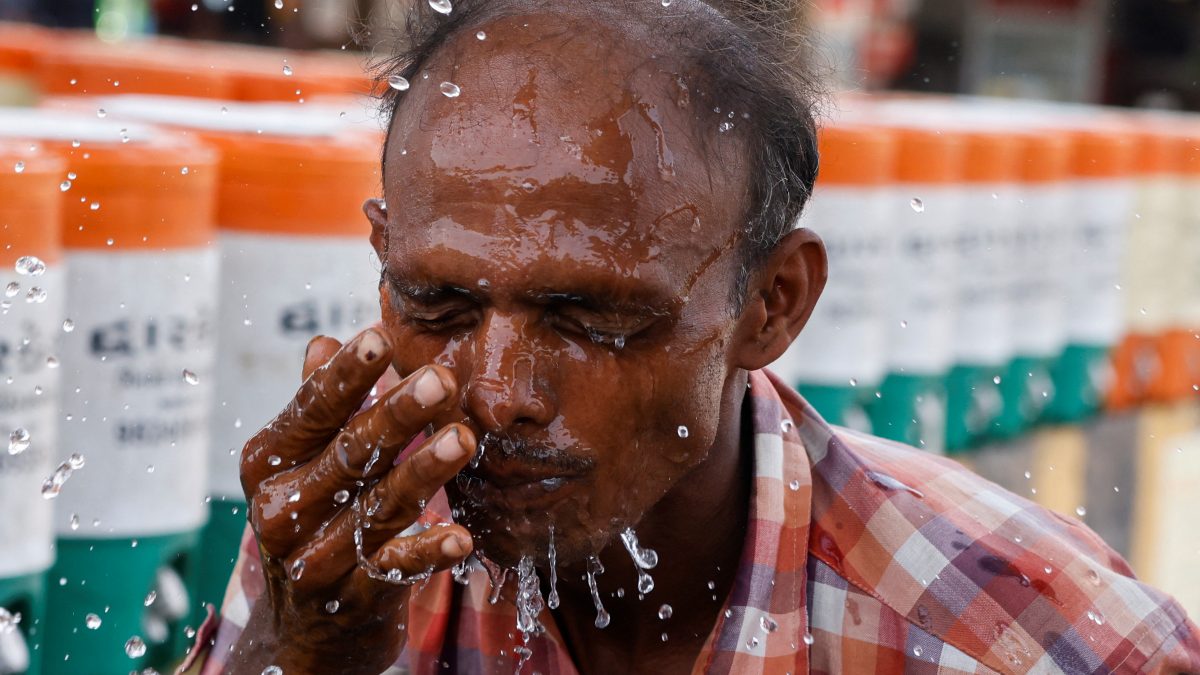India ranks ninth globally among countries most impacted by climate disasters over the past three decades, with nearly 430 extreme weather events killing more than 80,000 people, according to a new report.
The Climate Risk Index (CRI) 2026, released by the environment think tank Germanwatch at Cop30 in Belem, Brazil, on Tuesday, said climate disasters affected 1.3 billion people and caused economic losses worth almost $170 billion from 1995 to 2024.
The report said the country’s losses stemmed largely from repeated floods, cyclones, droughts and heat waves that have intensified with global warming.
Growing natural calamities
Events such as the 1998 Gujarat cyclone, the 1999 Odisha super cyclone, the 2013 Uttarakhand floods and recent deadly heat waves are among those that contributed to India’s high ranking on the index, it said.
The report said India’s situation represents a “continuous threat” rather than isolated disasters, as recurring weather extremes have steadily eroded development gains and undermined livelihoods.
It said that India’s vast population and high exposure to monsoon variability make it particularly vulnerable, with extreme events often affecting millions each year.
In 2024 alone, India was hit by heavy monsoon rains and flash floods that impacted more than eight million people, especially in Gujarat, Maharashtra and Tripura, the report said.
It said floods and storms were the most damaging events globally last year, accounting for nearly half of all people affected and inflicting billions in losses.
The most affected countries in the world
Globally, Germanwatch said more than 9,700 extreme weather events between 1995 and 2024 claimed over 8.3 lakh lives, affected nearly 5.7 billion people and caused direct economic damage of around $4.5 trillion.
Dominica was the most-affected country in the past three decades, followed by Myanmar, Honduras, Libya, Haiti, Grenada, Philippines, Nicaragua, India and Bahamas.
Developing countries, the think tank said, remained disproportionately affected due to lower coping capacity and limited resources for adaptation.
The report stressed that while El Niño conditions influenced weather patterns in 2024, human-induced climate change played a decisive role in intensifying heat waves, storms and floods worldwide.
Scientific studies cited in the report found that climate change made many of these events more likely and more severe, including prolonged spells of dangerous heat that affected billions.
The report warned that such frequent disasters are becoming the “new normal” for many developing nations, including India, demanding urgent and well-funded adaptation measures.
It said repeated losses strain public finances and weaken the ability of communities to recover, pushing many deeper into poverty.
Germanwatch said that the findings of the Climate Risk Index should be seen as a reminder for global leaders meeting at Cop30 to close the gap in climate finance and accelerate efforts to reduce emissions and strengthen resilience.
It said the growing economic and human costs underline the need for countries like India to prioritise adaptation planning, early warning systems and the protection of vulnerable groups.
The think tank also acknowledged data limitations in the analysis, noting that some countries, particularly in the Global South, may be underrepresented due to incomplete reporting.
)